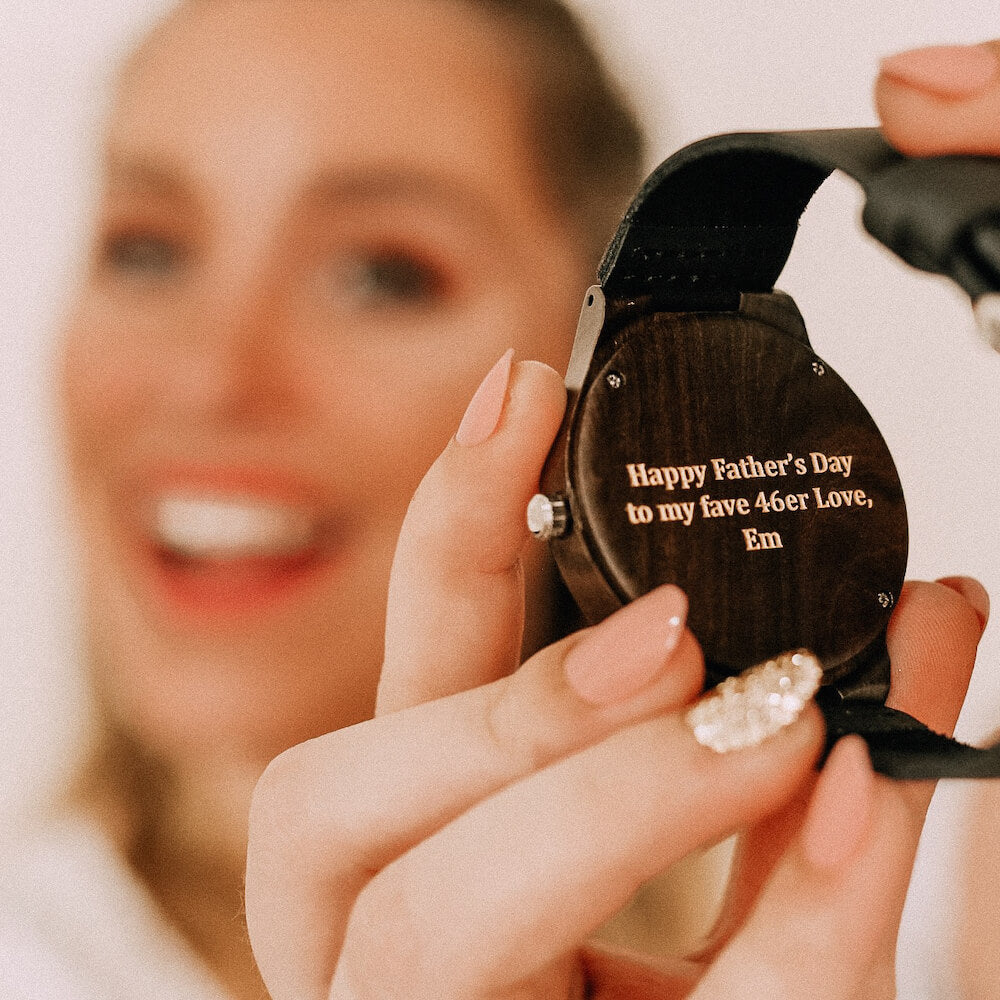Have you ever wondered what makes a watch “go”? Just like an engine powers a car, a watch is powered by its movement. If you’re a seasoned watch enthusiast, you probably know your way around different watch movements and their features. However, if you have only recently developed an interest in watches, you might find the technicalities slightly confusing.
We’ve developed this comprehensive and easy-to-understand guide to watch movements so you can choose based on your needs.
Three Main Watch Movement Types - Explained
Picture this: a tiny, intricate world made up entirely of gears, springs, and circuits. That's what powers your wristwatch, whether manual, automatic, or quartz. While quartz and auto-quartz watches need a battery, they still rely on some mechanical parts to keep time ticking smoothly.
But here's the kicker: mechanical watches are actual works of art. Watchmakers handcraft them with a level of detail that surpasses their battery-powered counterparts. That's why they come with a much steeper price tag. But for watch collectors and connoisseurs, it's worth every penny.

Sure, battery watches might be more accurate on paper, but they lack the soul that comes with a finely crafted timepiece. With manual and automatic movements, you're wearing a piece of history on your wrist, a culmination of centuries of innovation, skill, and passion.
Let’s explore each movement in detail:
Mechanical Movement
Collectors now consider old watches, which feature the mechanical movement, as collectibles due to their antique nature. It is the oldest movement, and often called the hand-wound movement since you have to wind the watch daily for it operate throughout the day. Invented in the 16th century, it laid the very foundation for future innovations.
Parts of a Mechanical Movement:
Crown
This is the small wheel on the side of the watch case, used for winding the watch.
Mainspring
This is the leading powerhouse of the movement, which stores all the energy from the winding of the crown as it gets tighter and tighter.
Gear Train
This consists of small gears that transmit the energy collected from the mainspring to the escapement.
Escapement
This is the break of the movement as it takes the energy from the mainspring and the gears and cuts it down into equal parts.
Balance Wheel
This is the core of the movement as this wheel beats or oscillates in a circular motion with the energy from the escapement. It usually beats at a rate of five to ten times a second, but it can be adjusted to beat slower or faster.
Dial Train
This is another set of gears that takes the energy from the beating balance wheel and regulates it for transmission to the watch hands.
Jewels
Synthetic rubies are used at points of high friction, such as between each gear, to elongate the life of the movement and improve the watch's accuracy.
How Does a Mechanical Movement Work?
- When the crown is turned, the mainspring coils tighter and tighter and stores energy
- The energy is then transferred to the escapement through gear train
- The escapement divides the energy into equal parts
- The balance wheel uses this equally segregated energy to beat back and forth at a steady and constant rate
- This energy is then transferred to the hands after a regular intervals and that’s how the hands move ahead.
Before you decide to get a watch with manual movement, you must remember that it requires a lot of care and daily winding.
Quartz Movement
This is the most accurate type of movement invented to date. It uses a battery to power the watch and doesn’t need any winding like a mechanical movement does. Most watchmakers rely on the quartz movement to power their timepieces since it is extremely reliable.

Parts of a Quartz Movement
Battery
The battery is the power source of this movement. This lasts for about a year or two and requires immediate replacement when it runs out, or the acid can leak and permanently damage the watch.
Integrated Circuit
This circuit carries the current or charge produced by the battery to the other parts of the watch.
Quartz Crystal
This is just like the balance wheel in a manual or mechanical movement. It vibrates when an electrical charge is supplied to it. The vibrations produce voltage.
Stepping Motor
This motor then transfers the voltage into mechanical power.
Dial Train
This works like the dial train on an automatic movement that sends the energy from the stepping motor to the hands to make them move ahead.
How Does a Quartz Movement Work?
- The integrated circuit carries electric charge produced by the battery to the quartz crystal.
- The crystal vibrates steadily at 32,768 per second
- The integrated circuit then sends these impulses to the stepping motor.
- The stepping motor sends every 32,768th pulse to the dial train.
- The dial train then transfers this energy to the hands, causing them to move forward.
Automatic Movement
In the 20th century, an innovation over the manual watch movement discovered the automatic watch movement. It is self-winding and mechanical, but requires winding if left unworn for a long time.

Parts of an Automatic Movement
Since automatic movement is based on the basic principles of the mechanical/manual watch movements, all components operate on the same principle. There is only one extra component i.e. the rotor that allows the watch to self-wind.
Rotor
The rotor, attached to the watch's inner workings, swings back and forthas you move your wrist. As it spins, the rotor winds the mainspring by a set of gears, providing your watch the energy it needs to keep ticking.
But a clever little mechanism is at work here: the rotor includes a clutch that disengages it from winding when the mainspring is fully wound. In other words, once your watch is fully charged, the rotor takes a break to prevent overwinding and maintain smooth operation.
Treehut Watch Movement Types
We hope that your watch-buying journey becomes a little easier as you start to understand and differentiate between the different kinds of watch movements. You can choose from a range of Japanese Quartz and Automatic movement-based watches here at Treehut made with high-quality materials and movements.























